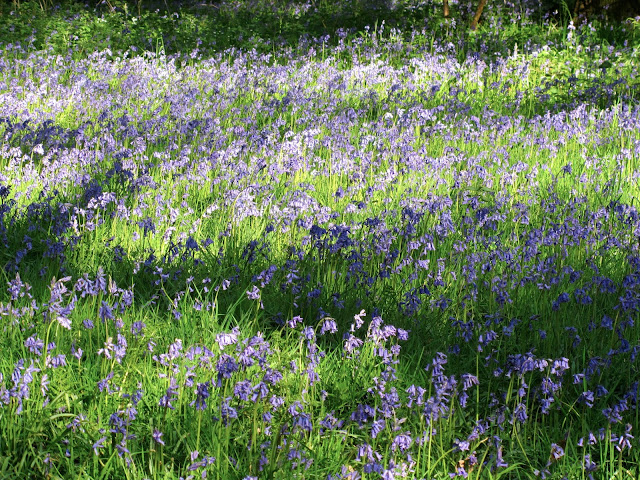mon·de·green
noun \ˈmän-də-ˌgrēn\
: a word or phrase that results from a mishearing of something said or sung: “very close veins” is a mondegreen for “varicose veins”.
We have been living in Oxford now for 18 months. I am getting used to the various U.K. accents I hear each day, so much so that most of the time it no longer registers that I'm listening to a British accent. It feels like I'm just listening to someone speak in English. However, there are a few accents, such as the Gordie, the far northern English or Scottish, and the East-end of London that leave me befuddled about what I hear.
Last week I heard an interview on the BBC with a British fellow who had spent 7 years living in New York City. He was asked what he missed most from the UK while living in NYC and he answered, "Pop Culture. There is very little pop culture in United States". That left me quite befuddled and wondering what planet was he living on. Finally, at the end of the interview, I realized he said "pub culture." He missed a good pub.
I recently heard a Member of Parliament (MP) give an eloquent and thoughtful interview. However near the end he said, "Now I really want to stress my wonky idea!" and then went on an on about this wonky idea. I wondered why he would say that during such a serious interview -- to me he lost all credibility by saying that. I eventually realized he was saying, "one key idea".
I was listening to a dinner conversation about climate change and other changes occurring in the UK when a gentleman at the table stated he was distressed because England had lost nearly a million ash trays over the past few years and if something didn't change, they would lose more in the future. He was quite upset about this. It had never occurred to me to think about what happens to all the ash trays when people stop smoking. Turns out he was not distressed about missing ash tray but about the Ash trees that are being killed here in the U.K. by a fungus. Good thing I didn't respond with a comeback about ash trays.
I can imagine some of my British friends must wonder about us Yanks when we say our Pledge of Allegiance. To them we might be saying something that sounds like:
I led the pigeons to the flag and One Nation under God, invisible, with liver tea and Justice for all.











.jpg)








































